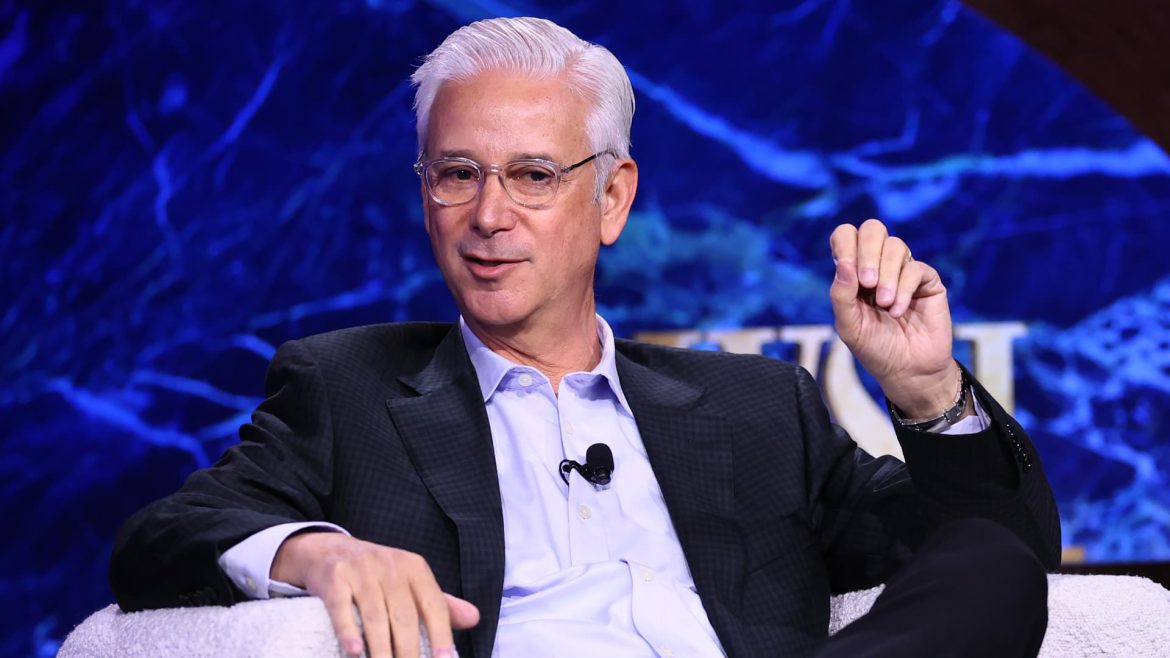The End of Wells Fargo’s Asset Cap: Unlocking New Growth Horizons and Investor Potential
In February 2018, Wells Fargo, once a stalwart of American banking, found itself constrained by a strict regulatory limitation: a $1.95 trillion asset cap imposed by the U.S. Federal Reserve. This unprecedented measure was a direct consequence of the bank’s egregious misconduct, notably the infamous cross-selling and fake account scandals that shattered trust and tarnished its reputation. After seven long years, this punitive restraint has finally been lifted, signaling a remarkable turning point in Wells Fargo’s journey towards redemption, growth, and renewed investor confidence.
The Origin and Impact of the Asset Cap
The asset cap was not merely symbolic; it effectively handcuffed Wells Fargo’s ability to expand its balance sheet beyond $1.95 trillion. Imposed as a regulatory enforcement action in 2018, the cap sought to hold Wells Fargo accountable and compel comprehensive remediation of its risk management and internal governance failures. While necessary for consumer protection and financial stability, this restriction relegated Wells Fargo to a static growth trajectory amidst a competitive banking landscape.
During this period, other major banks capitalized on the freedom to scale aggressively. For example, Bank of America and Citigroup increased their assets by approximately 44%, and JPMorgan Chase grew by nearly 76%, leaving Wells Fargo’s expansion stunted in relative terms. Moreover, the asset cap curtailed Wells Fargo’s efforts to cultivate its corporate and trading businesses, limiting opportunities for new deposits, loan growth, and fee-based revenue generation.
The Path to Redemption and Regulatory Compliance
Lifting the asset cap required Wells Fargo to surmount numerous regulatory hurdles. The Federal Reserve’s recent announcement confirming that the bank met all the enforcement conditions demonstrates substantial progress. This includes successful completion of third-party assessments, intensive internal control reforms, enhanced board oversight, and a culture shift toward accountability and customer focus.
CEO Charlie Scharf’s leadership has been pivotal in this transformation. The bank has invested around $2 billion annually in risk and control improvements and has methodically addressed the root causes of its misconduct. The collective effort to meet the required remediation standards underscores a rigorous process overseen by regulators to prevent recurrence of past abuses.
What Lifting the Cap Means: Growth and Strategic Reinvigoration
With the asset cap now officially removed, Wells Fargo is poised to pursue expansive growth strategies unencumbered. This regulatory reprieve opens the door to several key opportunities for the bank:
– Balance Sheet Expansion: No longer restricted by artificial limits, Wells Fargo can increase its lending, deposit gathering, and trading operations. This expansion is crucial for competing with peers that have long outpaced Wells Fargo in asset growth.
– Product and Service Innovation: Freed resources and lifted constraints enable Wells Fargo to rethink branch strategies, enhance digital banking platforms, and push fee-based products, which collectively contribute to diversified revenue streams.
– Investor Appeal: The removal of the cap addresses a significant overhang on Wells Fargo’s stock valuation. Market participants now anticipate stronger earnings growth and improved profitability, which historically drove a nearly 15% increase in share price following positive earnings surprises in recent quarters.
– Strategic Focus on Core Segments: With regulatory burdens easing, Wells Fargo can prioritize growth in primary checking accounts, corporate banking, and wealth management sectors, aligning with long-term strategic objectives and market trends.
Lingering Challenges and Cautious Optimism
While the asset cap removal marks a milestone, it is not a panacea. The bank must continue demonstrating consistent adherence to enhanced governance standards and manage residual reputational risks. Compliance breakdowns and sales practice concerns, reported periodically since the cap’s imposition, highlight the importance of ongoing vigilance.
Furthermore, macroeconomic headwinds, including uncertain interest rate environments and competitive pressures, remain factors that could temper near-term growth. However, recent quarterly performances suggest that Wells Fargo is gaining traction even amid such challenges, underscoring a resilient operational framework.
Long-Term Implications for Wells Fargo and Investors
This milestone holds profound implications for Wells Fargo’s future trajectory and investors’ perception:
– Unlocking Value: Freed from growth restrictions, the bank is better positioned to leverage its vast customer base, improve economies of scale, and enhance return on equity.
– Market Confidence: The Federal Reserve’s decision reflects trust in Wells Fargo’s internal controls, risk management, and leadership accountability, which may attract long-term institutional investors seeking stability alongside growth potential.
– Competitive Landscape Shift: Wells Fargo’s re-entry into aggressive growth mode could intensify competition in key banking segments, influencing industry dynamics, pricing, and innovation.
– Potential for Regulatory Model: This case illustrates a regulatory approach that balances accountability with encouraging rehabilitation, potentially serving as a precedent for handling misconduct in large financial institutions.
Conclusion: A New Chapter Begins
The removal of Wells Fargo’s $1.95 trillion asset cap is more than just a regulatory update—it is a narrative of transformation, resilience, and forward momentum. After enduring years of restrictions that stymied its growth and clouded investor confidence, Wells Fargo now stands ready to reclaim its position in the banking hierarchy. While challenges persist, the bank’s commitment to reform, combined with renewed strategic freedom, lays the groundwork for unlocking significant growth and shareholder value in the coming years.
For investors, policymakers, and customers alike, this development signals that Wells Fargo’s long road to redemption has reached a pivotal milestone, inviting a new era defined not by past missteps but by future possibilities and restored trust.





